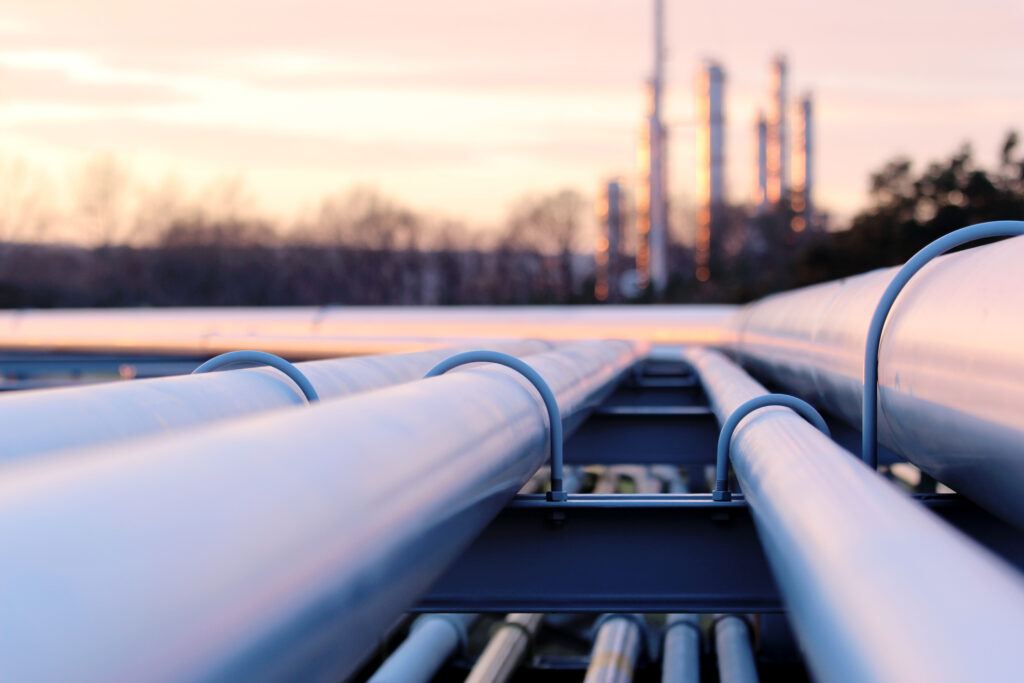When I think back to 30 years ago, the energy sector in many ways felt like the wild west. At least when it came to our knowledge and understanding of implementing the proper safety procedures on job sites. Back then, we didn’t have the technology we have now which has allowed us to adopt a more proactive response to potential hazards. With each passing year, we continue to learn, grow, and adopt new techniques to prevent workplace injury and accidents.
I have trouble imagining that progress being possible without the support from top-level executives. In those wild west days though, with a more limited understanding of the role of safety on the job site, it was a lot harder for those in our industry to achieve top-level buy-in. And in certain cases, executives are still lagging behind.
The Considerations of the Executive
These days, safety is a top-of-mind concern for those at the executive level when planning out their projects. However, the level of commitment varies from person to person, business to business, for a variety of reasons.
Most predominately, there are the dreaded cost analysis conversations that occur when laying out the budget of a new project. This is where the corners get cut. High-level safety tools and programs are an investment after all, and many executives want to see a return on that investment if it winds up costing them more than they had anticipated.
Instead of asking “What are we going to get out of investing in these safety programs?” I would much rather prefer to see executives asking the questions: “Are we willing to hire the most qualified and trained staff?” “Are we willing to hire the right safety consultants?” “Are we willing to buy the right software package?”
These are the questions that truly demonstrate whether an executive regards safety as a core consideration, or if they are simply paying lip service to its importance on the job. True commitment is found in how far you are willing to go to see things through, not simply in how much you are willing to spend.
Understanding Risks and Regulations
Executive commitment to safety should not end at the signing of a budget approval form. I believe that buy-in should involve a broader understanding and oversight of the role safety plays in the workforce.
I would like to see more executives take part and listen to safety presentations from hired consultants, do in-person visits to the job site, check the data, and get hands-on experience with the technology we use. The more people we have on board at any level, the more we can continue to mitigate risk and address ongoing safety concerns.
OSHA enforcement can often provide fear-based motivating factors for energy executives to get more involved with safety procedures. Regardless of the industry, whether it be oil and gas, renewables, or infrastructure, getting acquainted with the unique OSHA regulations for a project can provide valuable insight into establishing safe working conditions.
In the energy industry, we have already begun to see OSHA taking a more aggressive attitude toward enforcement throughout the first half of 2021. As always, the best way to avoid an OSHA fine is to treat a visit from the agency like an impromptu exam. Study, research, prepare and ensure that all of your bases are properly covered. Be present, be accountable.
Get Prepared with KPA
With KPA, the safety of your business is in the right hands. Our EHS compliance software provides you with the training tools you need to assess risks, develop a safe job site, and avoid regulatory scrutiny. Find out more today.

